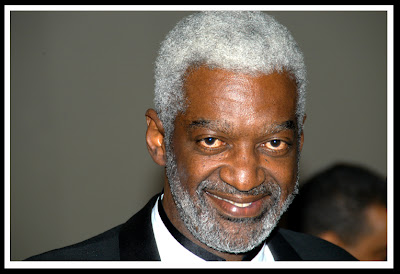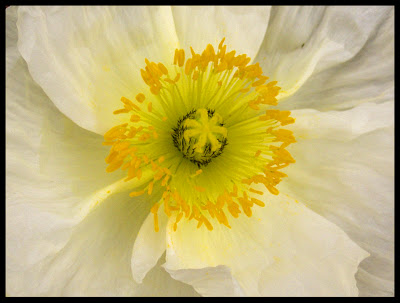“Unconditional Surrender,” the name J. Seward Johnson gave to his sculpture inspired by Alfred Eisenstadt’s famous photo, got me thinking earlier this week about my own experience on V-J Day, August 14, 1945. I was a ten-year old child in the little town of Roseboro, Arkansas, on that day. Rosboro is a long way from New York, but the celebration there was as exuberant as the one in Times Square. None of my kinfolk had been killed in the war, and we knew they would all be coming home soon. My mother send my cousin and me to ring the church bell.

Today I wandered around the hill above Old Town in San Diego and got my photo-du-jour. The Presidio Museum is not at all like the little white wooden Arkansas church in my memory of August 14. The only thing this Southern California building designed by William Templeton Johnson has in common with the little church in Arkansas is that they both have belfries.
UNCONDITIONAL SURRENDER
"Come quick,” my Mother called from the kitchen
window open to the summer breeze;
I hurried onto the porch and into the house
because what was in her voice was new and urgent.
“Get Donald and go over to the church
and ring the bell. The war’s over! The war’s over!”
I was ten and couldn’t remember the war starting,
only that my uncles had gone to fight in it.
In our house the radio was blaring with bells ringing
over the hysterical announcer yelling
that Japan had surrendered and surely
peace that would last forever had come.
He said it was A-bombs that did it:
Hiroshima and Nagasaki obliterated
in an instant by a new miracle weapon
that would make war unthinkable.
I asked her how long we should ring
the bell, and I guess she took her cue
from the radio that predicted peace
forever and said, “As long as you can.”
So I ran to my cousin’s house;
and over the jubilation there I told him
what Mother had asked us to do,
and his Mother said yes, yes, do it.
As fast as our bicycles could go
we rode to the church and began
at first together then one at a time
to pull the rope that rang the bell
until there was nothing but the ringing
and Donald and me hanging onto the rope
pulled up and down in the little hall
under the bell tower of the country church.
I remember other things from childhood
but none so clearly as that ringing
and Donald who has now been long dead
hanging onto the rope with me pulling
the bell to announce peace on earth.
I thought then that peace and Donald
and my parents and brothers and sisters
and all good things would last forever.





















































